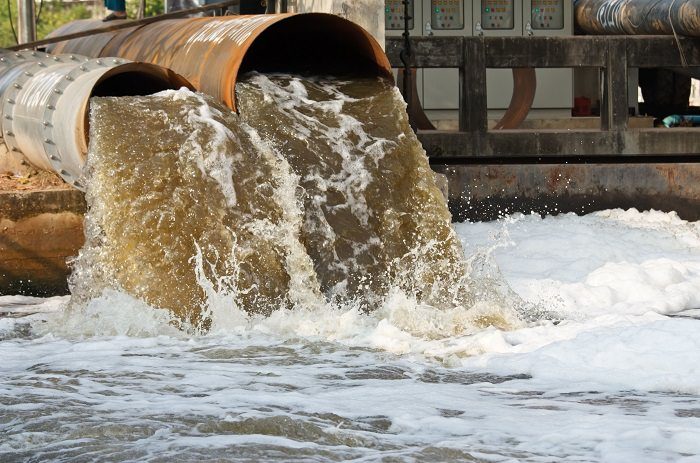A recent study raised concerns about the treatment of **wastewater** in Argentina. According to the results, only **36.5% receives adequate treatment**.
Furthermore, it pointed out that one in ten Argentines does not have access to **drinkable water (9.9%)**.
The report was prepared by **Frost & Sullivan**, in collaboration with **IFAT Brasil** (International Fair for Water, Wastewater, Drainage, and Waste Recovery Solutions).
## Wastewater in Argentina: the figures
According to the analysis, besides the fact that the proper treatment of these waters does not reach **even half of what is discharged**, the **water loss in the distribution process reaches 40%**.
Nevertheless, the country stands out in the treatment of the wastewater network, which is available to **99.62% of the population**.

“Despite the high percentage of access to improved sanitation facilities, 6 out of 10 Argentines still do not receive safe treatment, affecting not only the economy and sustainable development of Argentina but also the health of the population,” stated **Rolf Pickert**, CEO of Messe Muenchen from Brazil, organizer of IFAT Brasil.
It is the largest international fair for **environmental technologies in Latin America**. “We hope that the dissemination of this information will be the starting point for the **restructuring of public policies** and new investments in the sector,” he added.
For **Fredrick Royan**, leader of the Global Practice Area for Sustainability and Circular Economy (SCE) at Frost & Sullivan, the study involves detailed data from Argentina and other countries in South America, helping to obtain “**reliable and real-time data**”.
This is essential for “efficiency improvements, as well as informed decision-making, affecting processes related to **water, energy**, and materials.”
## Profits and Opportunities
In addition to pinpointing these figures, the report also highlights that the earnings generated in the water and **wastewater market in Argentina** reached **4.43 billion dollars** in 2022.
**71%** of that amount comes from the municipal sector, while the other **29%** comes from the industrial sector.
By 2025, the country projects a **Gross Domestic Product (GDP)** of **574.2 billion dollars**, with an expected growth of **24.3% by 2029**, reaching **713.9 billion dollars**. This is according to data from the International Monetary Fund (**IMF**) and the World Bank (**WB**).
In this context, it reflects the potential of the domestic market and the opportunities for the water treatment and sanitation sector. The local economy is divided into **53.1% of GDP from the services sector**, **25.1% from industry, and 5.9% from agriculture**.

Therefore, the report’s creators specifically emphasized the **need to expand infrastructure** to reduce waste in distribution and the pursuit of achieving the goal of expanding wastewater treatment.
“They pave the way for **modernization and expansion projects of supply and treatment networks**,” they stated.
## Why proper treatment is crucial
Treating wastewater properly is essential to protect **human and environmental health**. Untreated wastewater can pollute water and spread diseases. In that sense, it achieves:
– Avoiding health problems from exposure to toxic substances, pesticides, waste, and other pollutants.
– Reducing the risk of contracting waterborne diseases such as cholera and typhoid fever.
– Preserving the water cycle.
– Protecting aquatic life.
– Reducing pollution in rivers, lakes, and oceans.
– Reducing the uncontrolled proliferation of phytoplankton algae in lakes.
**[Have you visited our YouTube channel yet? Subscribe now!](https://www.youtube.com/channel/UCrYLIWysAyv4m833zGAQ02g)**

